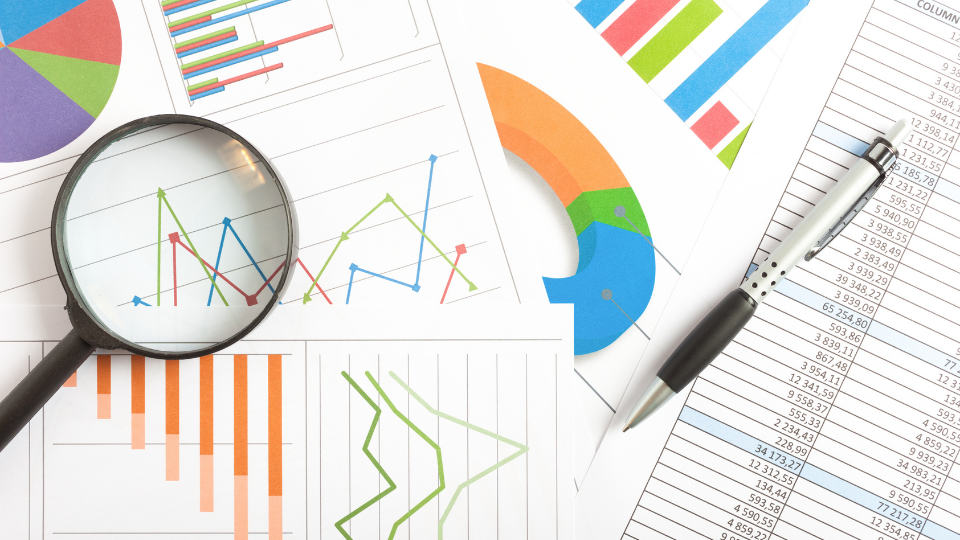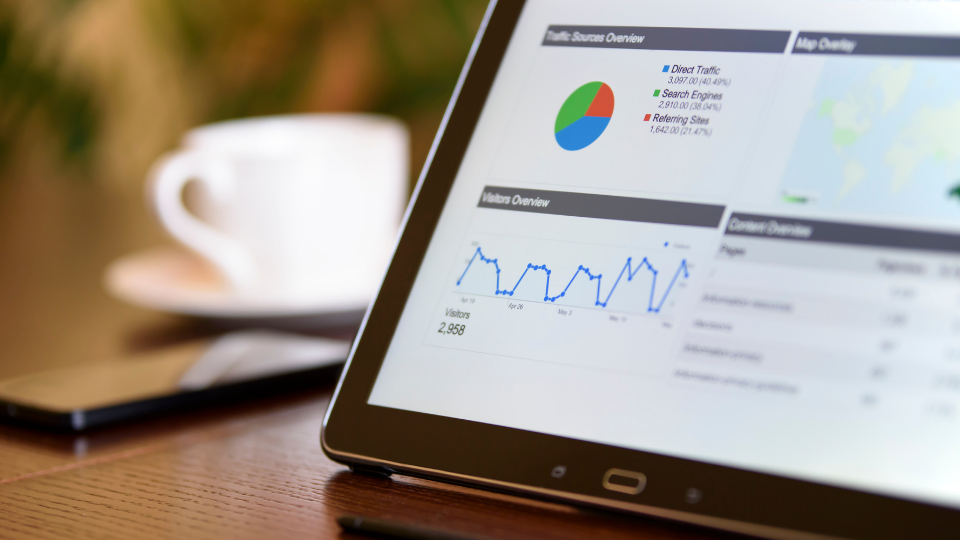One of the most intriguing potentials of a forward-thinking company would be the capability to harness big data to explore new strengths, opportunities and hidden wherewithals of the business by using advanced analytics tools. Analytical technologies are used by establishments that are housed in almost every industry sector, including healthcare, manufacturing, automobile, utility services, robotics, aerospace, and many more.
As a business’s goals vary- whether it is faster decision-making, cost-cutting, innovation of newer trends of services or production, competing with a competitor or more- every critical decision can be made by effortlessly using an optimal analytical tool.
However, there are 4 types of main analytical natures that answer different questions and provide different levels of answers for an individual or business. They are:
- Descriptive Analytics Technology: What is happening now?
- Diagnostic Analytics Technology: Why did it or why will it happen?
- Predictive Analytics Technology: What could happen in the future?
- Prescriptive Analytics Technology: What should we do when it happens?
Today we will understand the disparity of these 4 levels of analytics comprehensively, thus, helping you decide what analytics method suits your analytical purposes and what benefits you can receive from each type of analytics technology.
4 Analytical Approaches; 4 Questions Answered
Descriptive Analytics Technology

Descriptive technology (as the name suggests) describes the statistics that are already being collected by the data sources in the past- including the very recent past. It helps the business answer the question, “What is and what has been happening in the company in the past”. This information can be used by the users to interpret how the business has been performing so far and what are the KPIs that the business should take note of to augment the organisation’s approaches in the future. Descriptive analytics tools can enable insights of historical data in any form, including charts, reports, graphs, maps and dashboards.
For example, suppose a manufacturing manager (let’s call him Jason) wants to learn about how a factory has performed in the past three days. In that case, a descriptive analytical tool will display an analysed version of the performance, resource expenditure, idle time, productivity levels and other essential statistics that concern the manager. Jason can visualise this data on a scalable dashboard and filter out the most important information that he wants to learn about the factory in the past three days. This is when he notices that the statistics of a machine in Section A is performing poorly.

Diagnostic Analytics Technology

Jason found out that the first machine in Section A of his factory is malfunctioning, using the descriptive analytics tool. Now he can utilise diagnostic analytics to find the root cause of the malfunction using data mining, data discovery and drill down and drill through tools. So instead of trusting his ‘gut-feeling’, Jason can skim through the facts (a diagnostic like a machine section A has a faulty pump system, or the fuel tank is suboptimal), understand why the machine is faulty and why it will end up with casualties if an action is not taken proactively.

Predictive Analytics Technology

Now Jason, the factory manager, can use this technology to understand when the machine in Section A of his factory will break down again, now he can notify his asset maintenance teams, invest in the proper inventories and track down the overhauling requirements of the machines without allowing it to affect the productivity of the factory. Based on the demand in the future, the potential of the factory and the financial viability, he can now ensure that his machines are performing up to standard and all his production will run seamlessly in the future.

FUN FACT: In the context of asset data analytics, visualisation tools can take a step further by using digital twin and simulation technology, where the user can interact with a virtual model of a physical asset or system to set parameters of a hypothetical or highly-likely event to understand how the real counterpart of the model will behave under certain environments. Therefore, the user can simply manipulate a virtual replica and analyse the future behaviour of an asset or system and tailor cost reduction, risk mitigation and performance upkeep initiatives that suits the future events of the company.

Prescriptive Analytics Technology

Thanks to prescriptive analytics, Jason now not only knows how his machine will work in the future, but he also understands the mandatory actions and procedures he has to initiate to ensure the machines work in constant top-notch condition and the useful lifetime will be spent optimally without any unnecessary cost and time-wasting efforts. He can also take event-driven approaches and keep complete reliance on all his factory machines using the power of AI, ML, IIoT and other data technologies.

Cerexio- The Home for Analytical Excellence
Cerexio offers an out-of-the-box Data Analytics Solution that allows the user to utilise pre-trained analytics models self-reliantly to manage, store, share, utilise data to gain actionable insights that guide the business to its best form of efficiency, productivity and success. This solution:
- Allows the execution of event-driven algorithms
- Allows users to meet unique analytics requirements without depending on a data expert
- Can be deployed on any form of cloud platform (private, public or hybrid)
- Can be integrated into all data-rich sources despite the complexity of the data system
- Focuses on data science rather than the infrastructure
- Saves the unnecessary time wasting, costs and unnecessary efforts related to the analytical processes and many more advantages.
